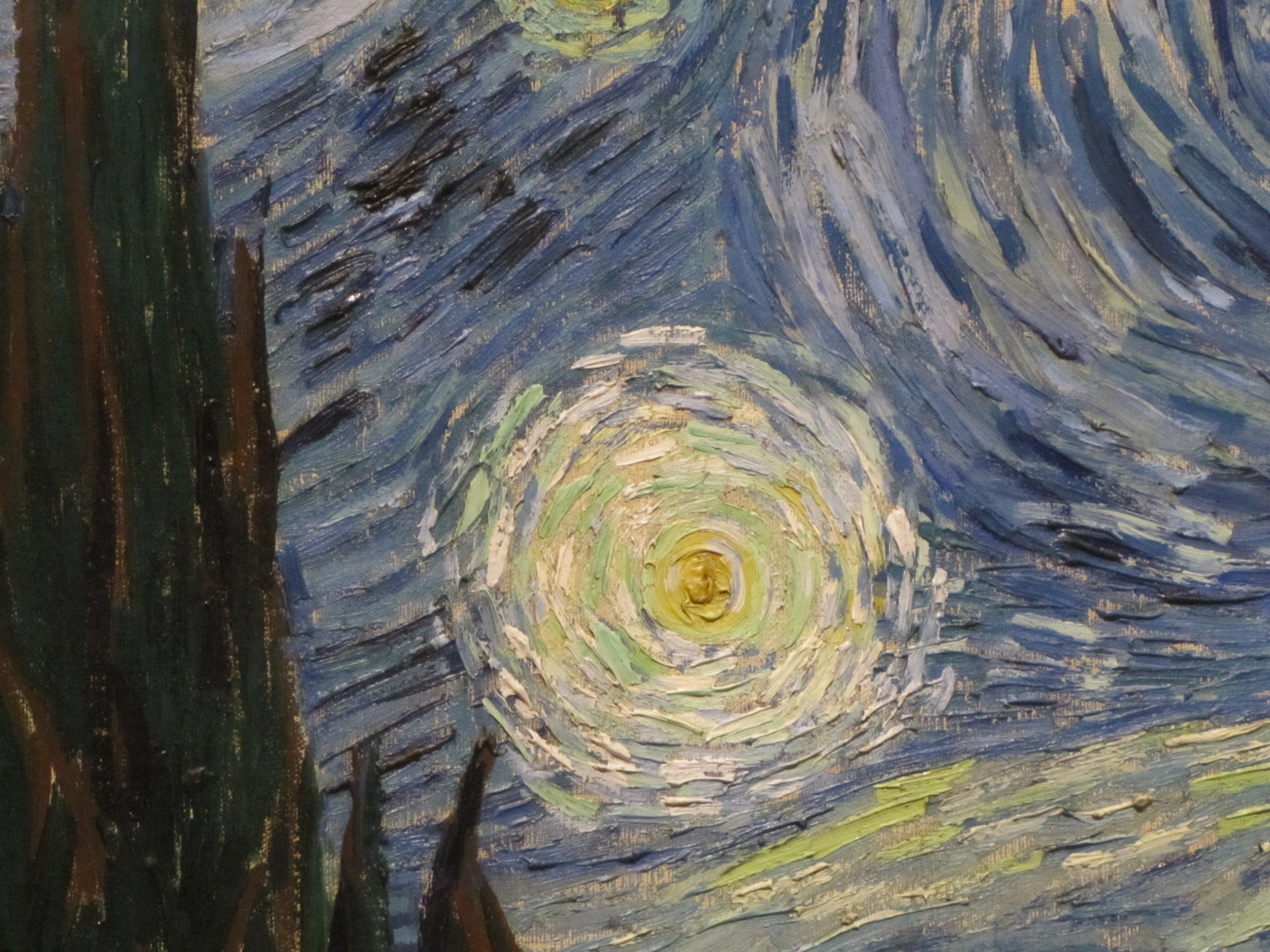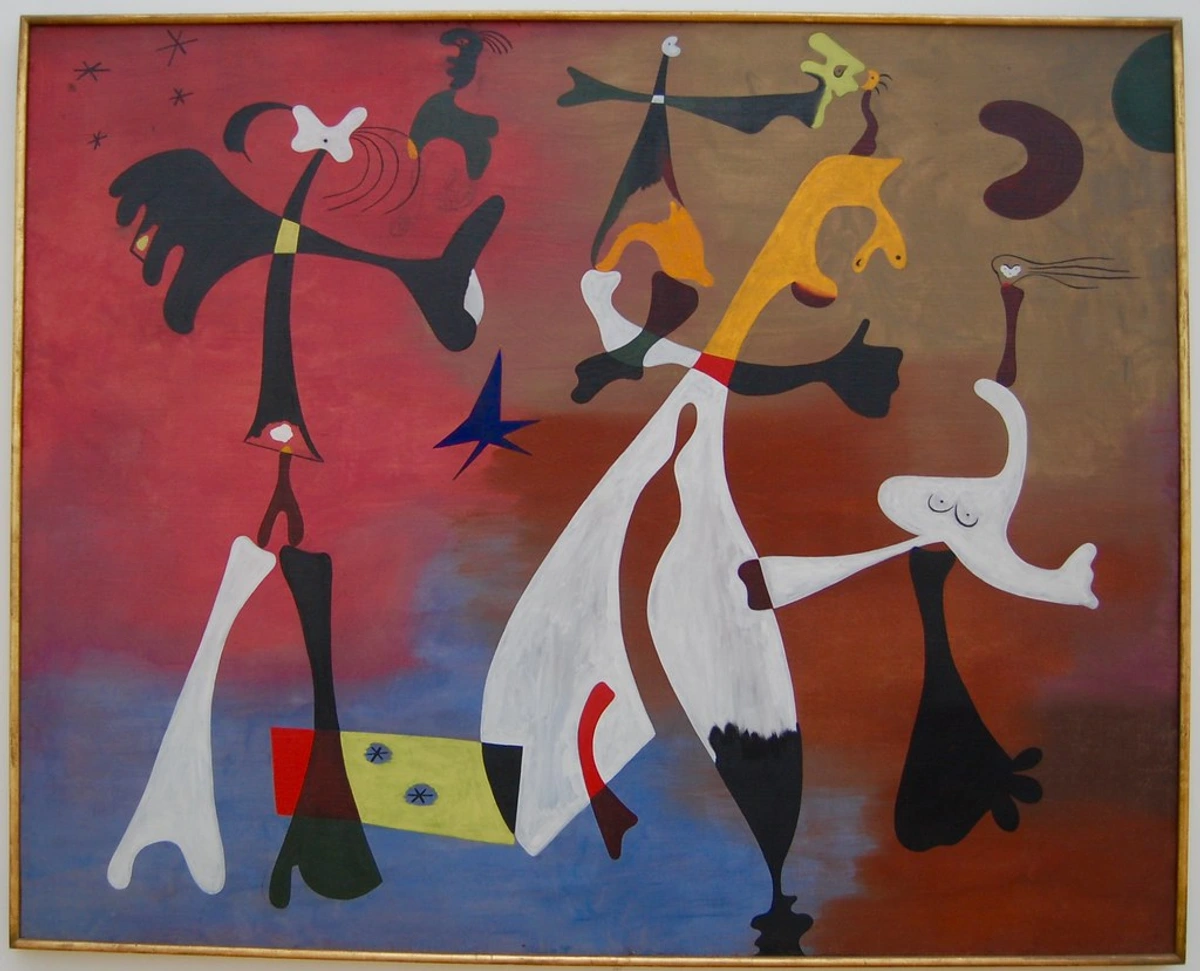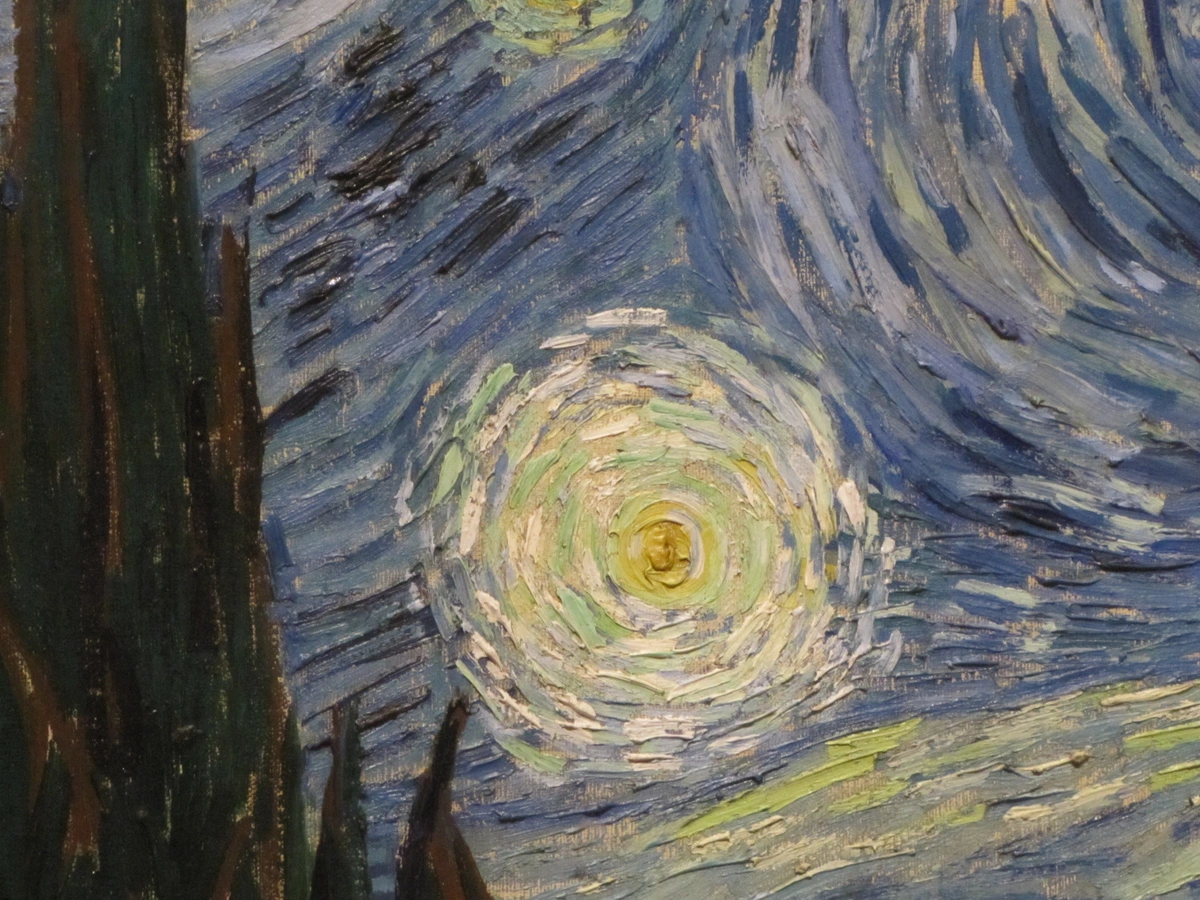
The Ultimate Guide to Joan Miró: Diving into a Universe of Dreams and Colors
Dive into Joan Miró's universe. Explore his life, surrealist dreamscapes, abstract art, and lasting influence in this comprehensive, personal guide.
The Ultimate Guide to Joan Miró: Diving into a Universe of Dreams and Colors
There are artists, and then there are artists who fundamentally shift how you see the world. For me, Joan Miró is undeniably in that latter category. When I first encountered his work, I remember feeling a delightful jolt – a sense of childlike wonder mixed with profound recognition. It wasn't just paint on canvas; it was a peek into another dimension, a playful universe where logic bends and dreams take tangible form. You know, sometimes art can feel a bit... rigid? Miró, however, ripped up the rulebook and drew his own, wonderfully wonky, map. This isn't just about understanding a historical figure; it's about exploring a mindset, a way of seeing that I think we can all learn from. So, come with me, let's wander through the fantastical landscape of one of the 20th century's most enchanting minds.
The Genesis of a Visionary: Catalonian Roots and Parisian Flights
It's easy to look at Miró's mature work and think he sprang fully formed from some surrealist ether, but like all great masters, his journey was a fascinating one. Born in Barcelona in 1893, he actually started with pretty conventional art training. Can you imagine Miró doing still lifes? Well, he did! But thankfully, he quickly found that academic strictures weren't really his jam. He was a seeker, someone who felt the pull of something more authentic, more visceral.
His move to Paris in the early 1920s was, I think, his true awakening. Imagine this: the city was a buzzing hive of artistic revolution. He rubbed shoulders with figures like Picasso (who, let's be honest, probably looked at Miró's early stuff and thought 'Whoa, this kid is different'). He encountered the Dadaists and then, critically, the Surrealists. André Breton, the pope of Surrealism, saw in Miró's burgeoning style the very essence of what he was advocating: tapping into the subconscious, the dream state, raw psychic automatism. It was less about depicting reality and more about unleashing inner reality. I sometimes wonder what those conversations were like – probably intense, filled with smoke and philosophical pronouncements!
This period wasn't about discarding everything he knew; it was about internalizing it and then... well, exploding it into something utterly new. His early influences, even a touch of Cubism in how he broke down forms, melted away into this unique, lyrical abstraction.
Unlocking Miró's Language: Key Artistic Periods and Stylistic Evolutions
Miró didn't just paint; he evolved, constantly pushing the boundaries of his own artistic language. It's like watching a language develop from simple grunts to complex poetry. While his style is distinctly his own, you can see these fascinating shifts, these moments where he found new ways to express that inner universe.
The Surrealist Dreamscape: From Detail to Symbol
This is where, I think, most people first connect with Miró. His 'dream paintings,' as they're often called, emerged in the mid-1920s. He'd spend hours staring at a blank wall, hallucinating images, then rapidly transferring them to canvas. It sounds a bit wild, right? But it was his way of bypassing conscious thought, a direct conduit to the subconscious. Figures would become simplified, almost hieroglyphic – eyes floating, mouths smiling, stars shining with an otherworldly glow. If you've ever seen a Surrealist painting like those by Magritte, you'll recognize that sense of the uncanny, but Miró brings a unique playfulness to it.

What I love about this phase is how he distilled complex emotions and forms into these deceptively simple elements. It's almost like a child's drawing, but with the profound depth of a philosopher. He called it 'poetic painting,' and I couldn't agree more.
The Constellations: A Universal Language of Hope
During the horrors of World War II, when many artists were grappling with darkness, Miró retreated to a quieter place and created his famous Constellations series. Imagine creating something so delicate and hopeful while the world burns around you. It's a testament to the resilience of the human spirit, isn't it? These works are characterized by a myriad of tiny forms – stars, moons, birds, women – all interconnected by delicate lines, often against rich, washed backgrounds. They feel like a secret language, a cosmic map of intimacy and quiet joy. It’s hard not to get completely lost in them, tracing the paths of these tiny, energetic beings.
Later Abstractions: The Grand Gestures
As Miró aged, his work didn't diminish; it became bolder, more expansive. He moved towards larger canvases, more gestural brushstrokes, and a profound simplification of form. His influence on later movements like Abstract Expressionism is undeniable. You see his spirit of freedom and raw emotion in artists like Willem de Kooning, albeit filtered through a different lens. He wasn't afraid to experiment with new materials, even tearing and burning his canvases – a true rebel to the end, always seeking to break free from the conventional understanding of 'art.' I often think about that drive to simplify, to reduce to the essence – it's something I wrestle with in my own work, too.
Miró's Signature Elements: A Visual Vocabulary Decoded
If you want to truly 'read' a Miró, it helps to understand his recurring cast of characters and his unique grammar. It's like learning a new alphabet, but infinitely more fun.
Element |
|---|
| Biomorphic Forms |
| Stars & Celestial Bodies |
| Eyes |
| Birds |
| Women |
| Ladders |
| Colors |
| Line |
Description |
|---|
| Organic, amoeba-like shapes, often elongated or round. |
| Dots, asterisks, crescent moons, suns. |
| Often large, singular, or multiple, sometimes detached. |
| Simplified, often with wings or long necks. |
| Highly stylized, with exaggerated features (e.g., large breasts, tiny heads). |
| Leading nowhere, or reaching into space. |
| Bold primaries (red, blue, yellow), black, white, earthy tones. |
| Energetic, playful, calligraphic, both thick and thin. |
Common Interpretation |
|---|
| Life, natural processes, the subconscious, fluid states of being. |
| The cosmos, dreams, the infinite, wonder, spirituality, escape from earthly turmoil. |
| Vision, perception, inner awareness, observation, the artist's gaze, the subconscious 'seeing.' |
| Freedom, flight, poetry, messengers, communication, the spirit. |
| Fertility, earth, motherhood, primal energy, sexual desire, the feminine principle. |
| Ascension, escape, spiritual journey, connection between earthly and celestial, ambition, sometimes a sense of absurdity or futility. |
| Emotion, energy, elemental forces, Catalan landscape, childlike purity, stark contrasts. |
| Movement, connection, drawing in space, defining forms, expressing spontaneity. |
I mean, look at that list! It's a whole universe. He built a vocabulary that, once you start to recognize it, makes his paintings sing even louder. It's this beautiful paradox of precision and wild abandon.
Where to Experience Miró: A Pilgrimage for the Soul
To truly appreciate Miró, you really need to stand before his works. There's a texture, a scale, a vibrancy that digital images just can't quite capture. If you're planning an art pilgrimage (and I highly recommend one, by the way), here are some essential stops:
- Fundació Joan Miró, Barcelona: This is the absolute must-see. Located on Montjuïc, it was created by Miró himself and offers an unparalleled collection across his career. It's like stepping into his mind.
- Museo Reina Sofía, Madrid: A stunning modern art museum that houses several of his significant works, including his famous 'Woman and Bird' sculpture. If you're in Spain, you simply must visit. It's an incredible experience, and I remember feeling utterly overwhelmed by the sheer scale of the art there.

- Museum of Modern Art (MoMA), New York City: A fantastic collection of 20th-century art, including many Miró pieces.
- Centre Pompidou, Paris: Another excellent institution for modern art with a good selection of his work.
And hey, while you're exploring the impact of abstract and expressive art, why not check out our museum in Den Bosch? You might just find some contemporary echoes of that same boundless spirit.
Miró's Enduring Legacy: A Playful Rebel's Immortal Mark
Miró didn't just create art; he created a paradigm shift. His influence stretches far and wide, touching everything from Abstract Expressionism to later forms of conceptual art. He showed artists that they didn't have to be slaves to representation, that the subconscious was a rich, fertile ground for creation. He freed color, liberated line, and imbued seemingly simple forms with profound meaning.
He was a playful rebel, a quiet revolutionary who, with his humble demeanor, unleashed a torrent of cosmic energy onto the canvas. His work reminds me that art isn't always serious and solemn; it can be joyful, whimsical, and deeply personal, yet still incredibly profound. It's this blend of the childlike and the cosmic that, I believe, makes his work timeless.
For me, as an artist exploring my own abstract journey, Miró is a constant beacon. He reminds me to trust intuition, to embrace spontaneity, and to find the universal in the deeply personal. If you've been inspired by this dive into his universe, perhaps you'd like to explore my own abstract pieces and see how that spirit continues to manifest in contemporary art.
Frequently Asked Questions about Joan Miró
What is Joan Miró known for?
"Ah, good question! Miró is primarily known for his distinctive style of Surrealism and his pioneering contributions to abstract art. He's famous for his biomorphic forms, vibrant colors, and unique symbolic language, often depicting dreamlike landscapes populated by celestial bodies, eyes, birds, and stylized figures. He really created his own universe, didn't he?"
What art movement was Joan Miró a part of?
"While he flirted with Cubism and Fauvism early on, Miró became a key figure in the Surrealist movement. He was particularly admired by André Breton for his 'dream paintings' and his use of psychic automatism, which was a core Surrealist technique for tapping into the subconscious mind. However, his work often transcended strict Surrealist definitions, venturing into unique forms of abstraction."
Where can I see Joan Miró's art?
"The best place to immerse yourself in Miró's world is the Fundació Joan Miró in Barcelona. Other major collections include the Museo Reina Sofía in Madrid, the Museum of Modern Art (MoMA) in New York, and the Centre Pompidou in Paris. Many other prominent museums worldwide also feature his work, so keep an eye out wherever you are!"
What influenced Miró's art?
"Miró's art was a rich tapestry of influences! His native Catalonian landscape and folk art traditions played a significant role, providing earthy colors and a connection to primal forms. His time in Paris exposed him to avant-garde movements like Cubism, Fauvism, and Dada, which broadened his horizons. Crucially, the ideas of Surrealism, especially its emphasis on the subconscious, dreams, and automatism, deeply shaped his mature style. He also drew inspiration from primitive art, Japanese prints, and poetry."
How did Miró paint?
"Miró's painting technique was as unique as his vision! Early on, he experimented with detailed, almost naive realism, but he quickly moved towards a more fluid, experimental approach. He often began with a loose, gestural background, sometimes even allowing paint to drip or spread. Then, he would meticulously add his symbolic forms, outlines, and vibrant patches of color. He used techniques like automatic drawing (drawing without conscious thought) to tap into his subconscious. Later in his career, he explored larger, more minimalist canvases, employing broader brushstrokes and even unconventional methods like tearing and burning to create textural effects. It was all about freedom and spontaneity for him, which I totally get!"
Conclusion: The Uncontainable Spirit of Miró
"So, there we have it, a journey through the fantastical, poetic, and utterly captivating world of Joan Miró. His art, to me, is a powerful reminder that imagination is boundless, and that the most profound expressions often come from the simplest, most heartfelt gestures. He taught us to look beyond the obvious, to celebrate the whimsical, and to find a universe of meaning in a single dot or a flowing line. His spirit, a blend of rebellious innovation and profound humanity, continues to resonate, inspiring artists and art lovers alike to dream a little bigger, and perhaps, to paint a little wilder. And isn't that just the best legacy any artist could ask for?"




